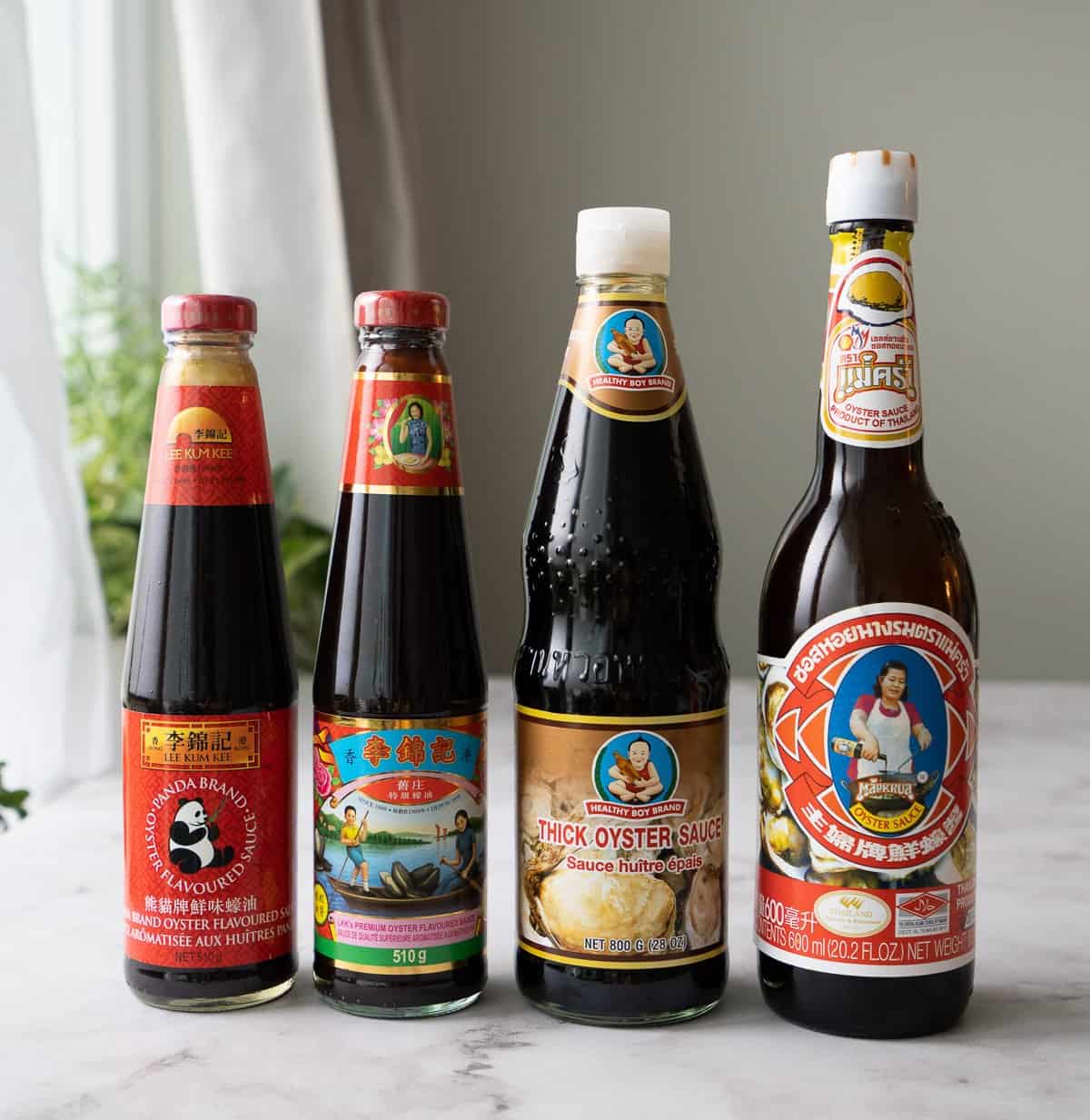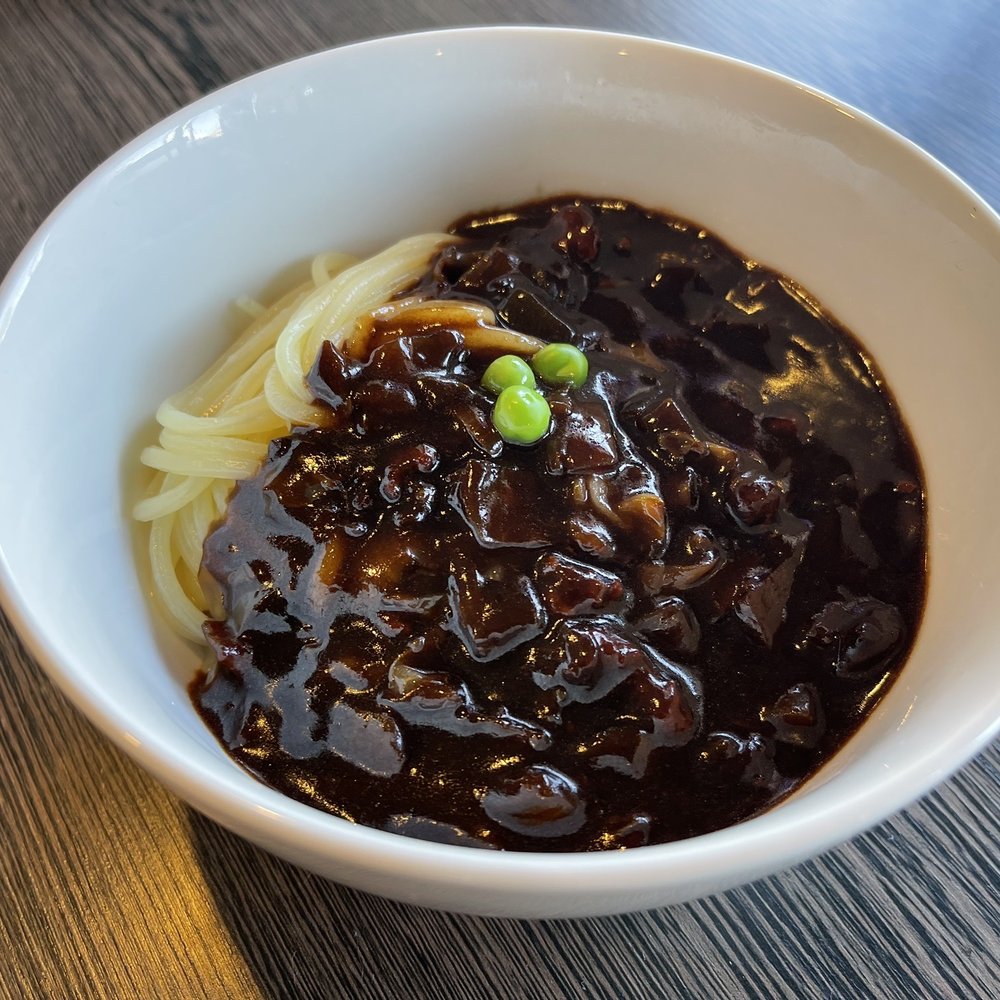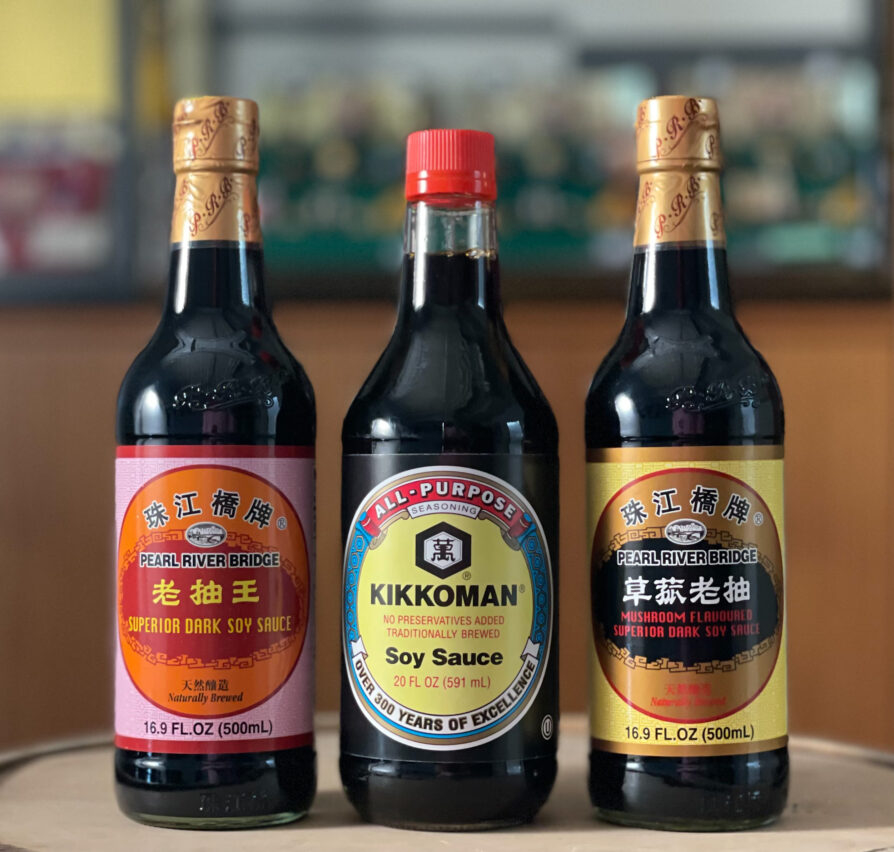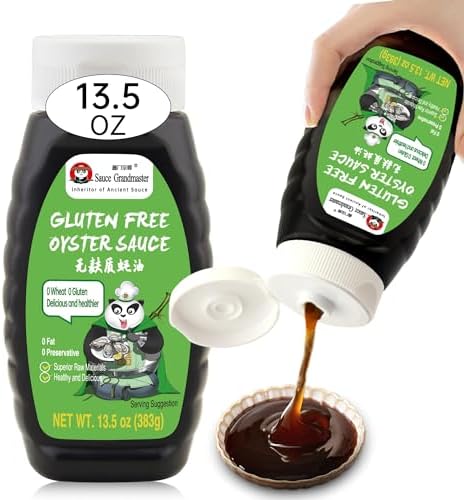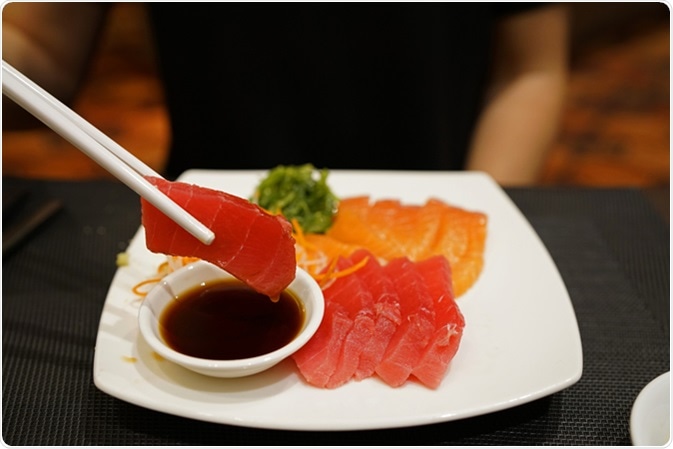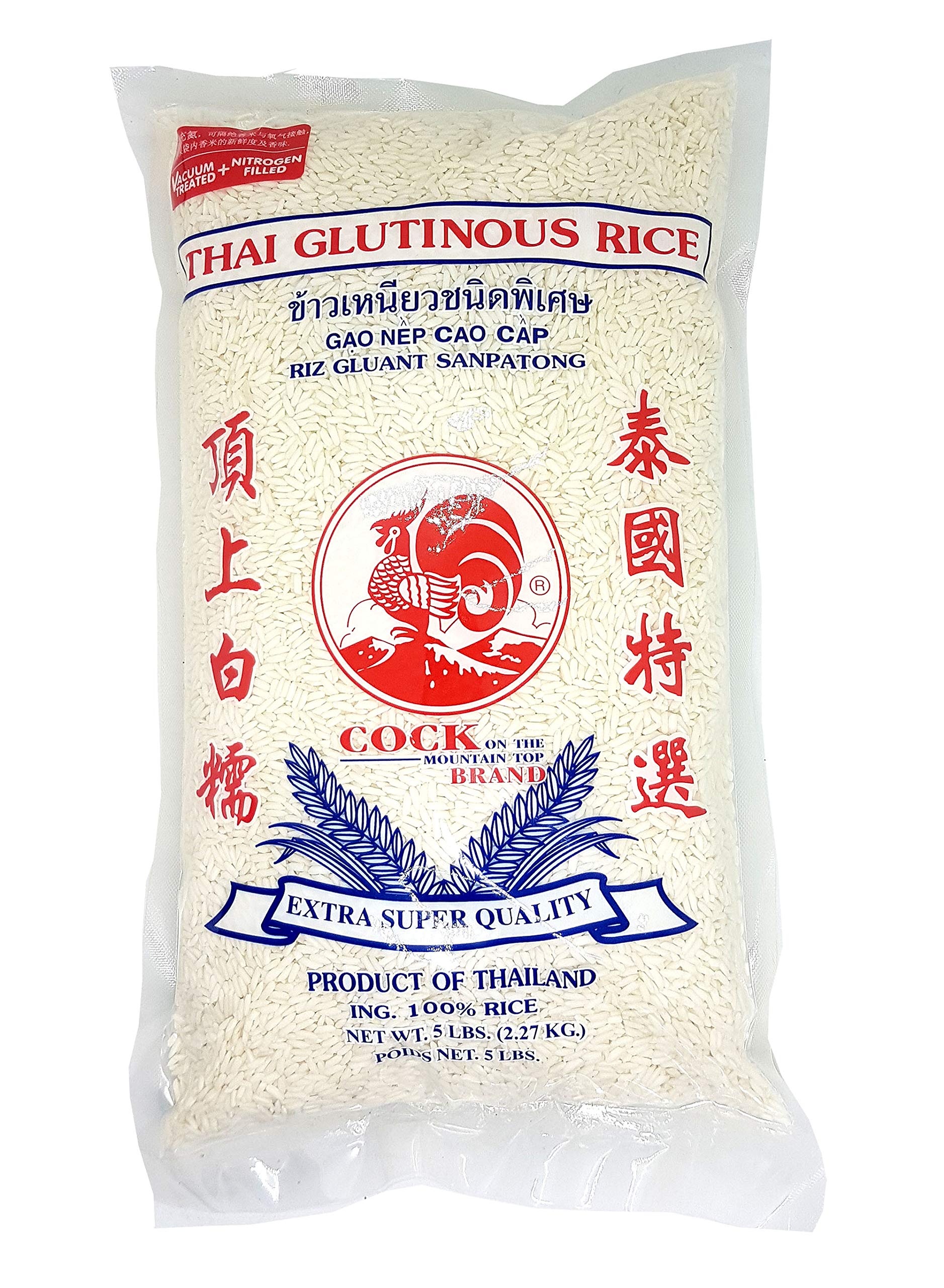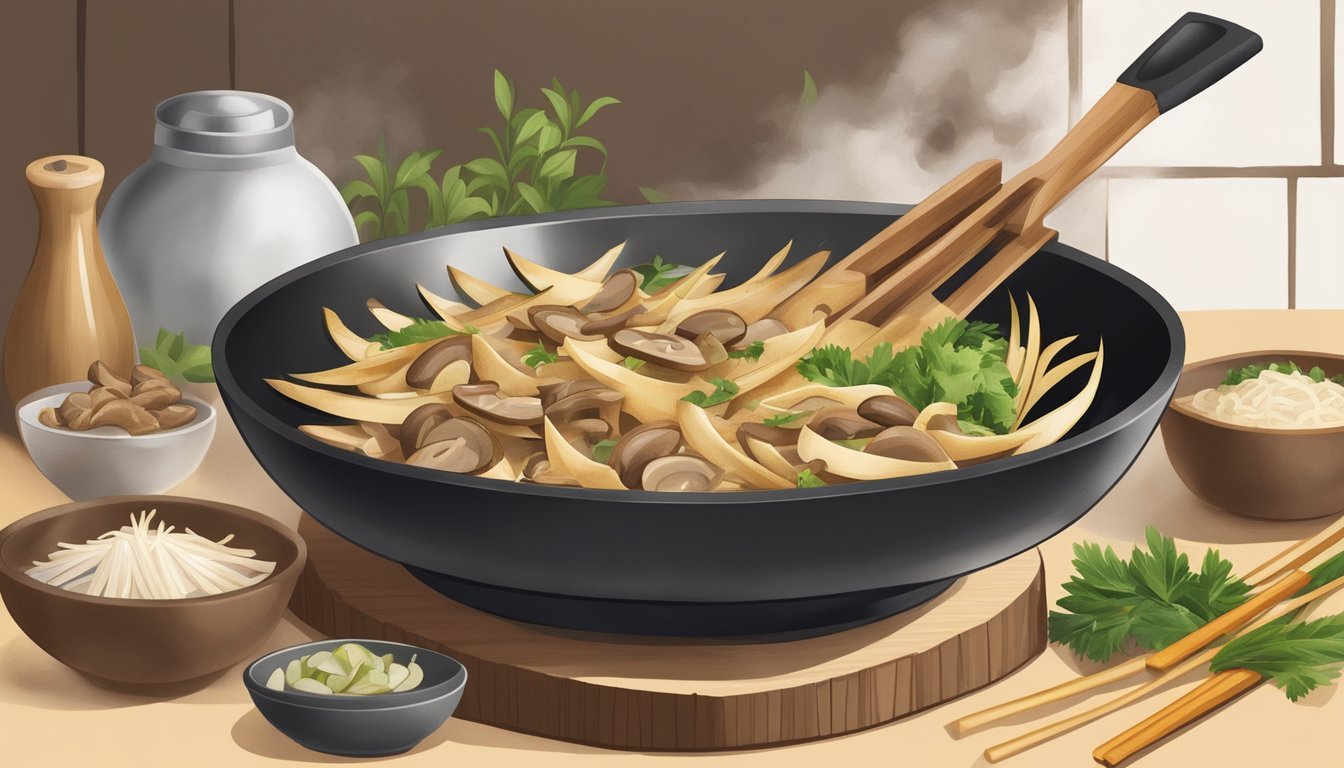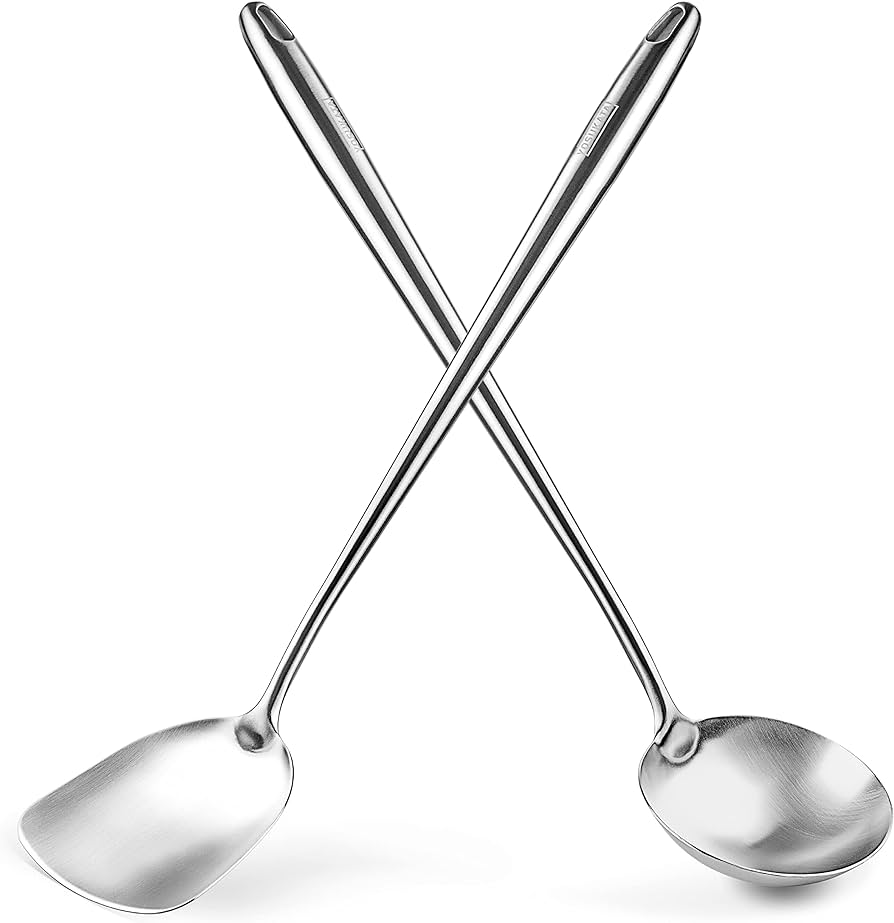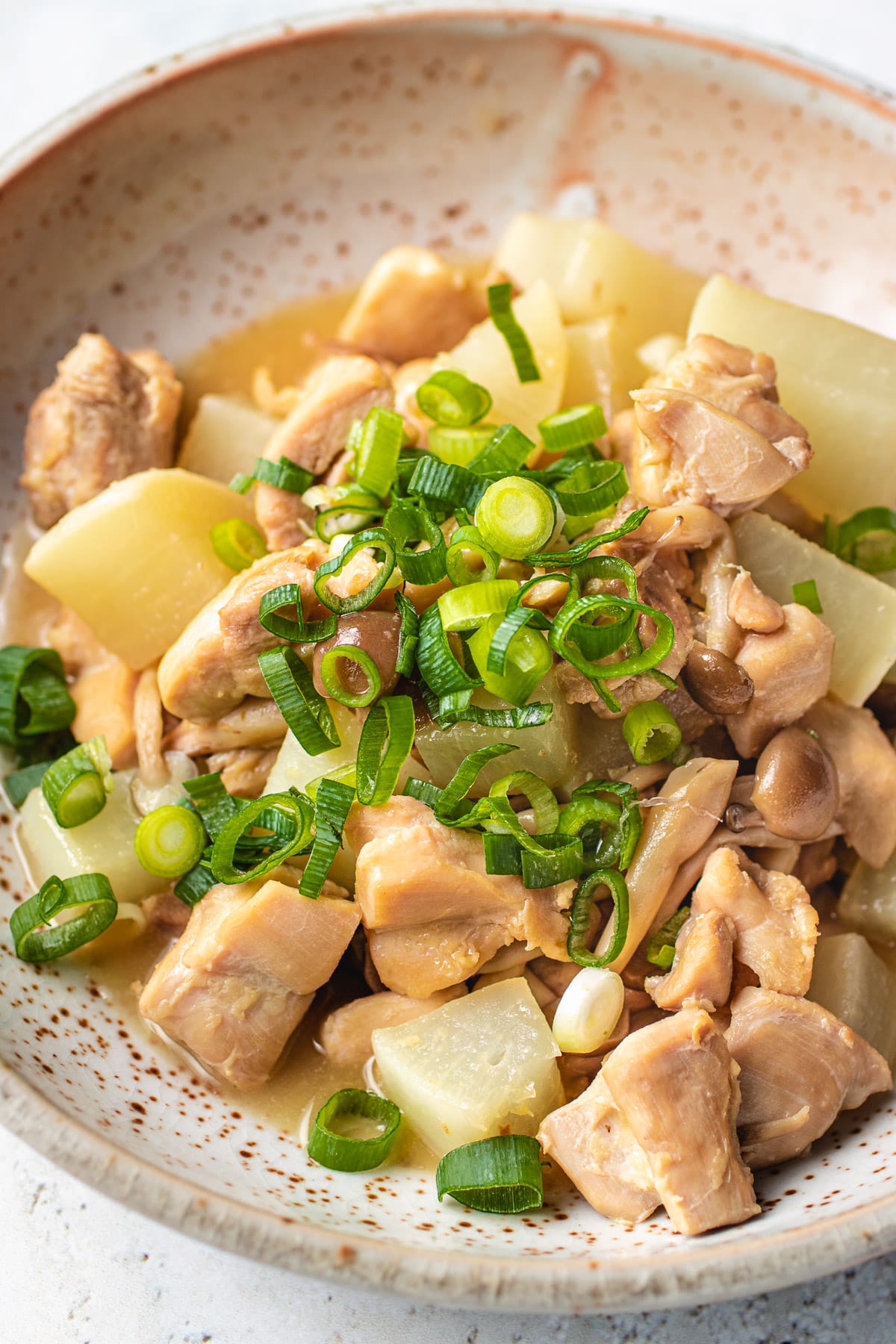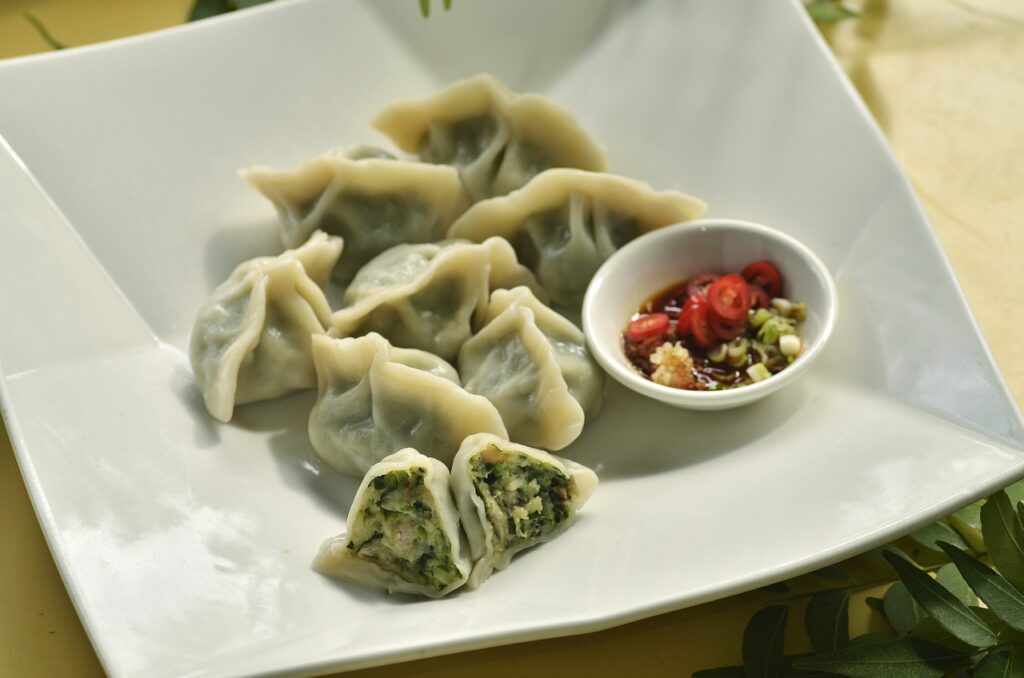Discover the Best Oyster Sauce for Authentic Asian Cuisine: A Comprehensive Guide
1. L.K.K Panda Oyster Sauce: Known for its quality and versatile use in various dishes.
2. Lee Kum Kee Premium Oyster Sauce: Well-respected brand, known for its rich and authentic flavor.
3. Megachef Premium Oyster Sauce: Favorite among chefs and food enthusiasts, made from fresh premium oysters.
4. Healthy Boy Brand Thin Soy Sauce With Oyster Flavour: Unique combination of oyster sauce and soy sauce, adds depth to dishes.
5. Kikkoman Oyster Sauce: Made from real oysters, delivers a rich and authentic flavor.
6. Pearl River Bridge Superior Light Soy Sauce with Oyster Extract: Combines flavors of light soy sauce and oyster extract for depth and umami.
7. Kame Brand Oyster Sauce: A versatile sauce made from real oysters, adds depth to dishes.
